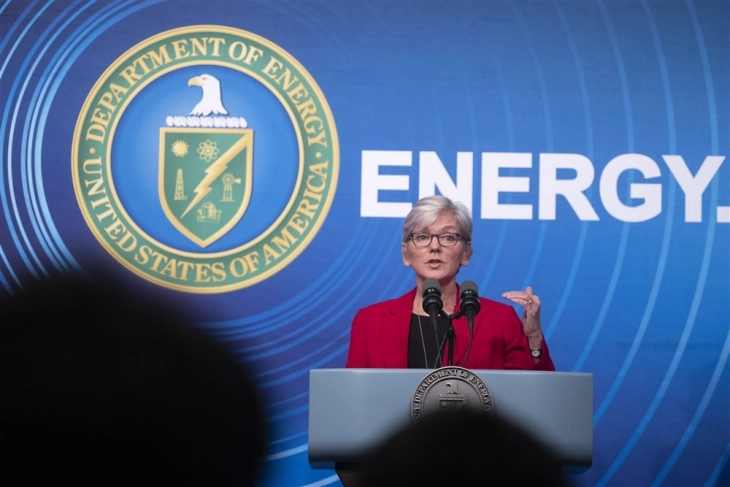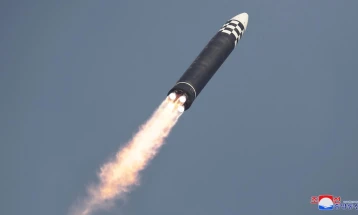Nuclear fusion breakthrough a potential game-changer, says US
- A nuclear fusion experiment that produced more energy than it consumed – a first that could upend the entire field of energy production – is a key milestone, the US Department of Energy (DOE)

Washington, 13 December 2022 (dpa/MIA) – A nuclear fusion experiment that produced more energy than it consumed – a first that could upend the entire field of energy production – is a key milestone, the US Department of Energy (DOE) said on Tuesday.
“This is an announcement that has been decades in the making,” the department tweeted.
“On December 5, 2022, a team from DOE’s [Lawrence Livermore National Laboratory] made history by achieving fusion ignition. This breakthrough will change the future of clean power and America’s national defence forever.”
The breakthrough marks a milestone on the way to developing a new source of energy that could possibly one day generate electricity in huge quantities in a sustainable and safe manner.
“So today we tell the world that America has achieved a tremendous scientific breakthough,” US Energy Secretary Jennifer Granholm said in Washington.
“Today’s announcement is a huge step forwards in the president’s goal of achieving commercial fusion within a decade,” she added.
“Today’s milestone shows what we can do with perseverance,” said Arati Prabhakar, the president’s chief advisor for science and technology and director of the White House Office of Science and Technology Policy.
In London, Jeremy Chittenden, co-director of the Centre for Inertial Fusion Studies at Imperial College London, spoke of “a true breakthrough moment, which is tremendously exciting.”
“It proves that the long sought-after goal, the ‘holy grail’ of fusion, can indeed be achieved. This brings us closer to generating fusion power on a much larger scale,” Chittenden said, according to an Imperial College press release.
The Lawrence Livermore National Laboratory already announced at the beginning of this year that researchers had made progress in the field of nuclear fusion, having obtained a burning plasma, according to an article published in the journal Nature.
In the nuclear fusion reactor, the fuel takes the form of plasma – an aggregate state that is created by heating gas to extreme temperatures.
“A burning plasma is one in which the fusion reactions themselves are the primary source of heating in the plasma, which is necessary to sustain and propagate the burn, enabling high energy gain,” the researchers explain in the article.
Both nuclear power and nuclear fusion generate energy from the bonding forces of atomic nuclei. In nuclear power, however, large atoms are split, radioactive waste is produced, among other things, and there is a risk of serious accidents.
In nuclear fusion, on the other hand, small atomic nuclei are fused into larger ones, a technology considered cleaner and safer. The process resembles energy generation in stars such as the sun.
In the event of a malfunction in the process of nuclear fusion, experts say, the temperature would drop and the reaction would stop. There are no harmful by-products.
However, temperatures of several million degrees must be reached during nuclear fusion. This makes it very difficult to use technically – and that is why there has never been a reactor that has produced more energy than was put into it to heat up the plasma.
For their experiments, the researchers in California used the world’s most powerful laser facility to convert tiny amounts of heavy and superheavy hydrogen (deuterium and tritium) into plasma at a temperature of millions of degrees. In the process, many laser beams heat the inside of a container just a few millimetres in size.
Kimberly Budil, director of Lawrence Livermore National Laboratory, said the facility requires about 300 megajoules of energy to deliver two megajoules of laser energy that produced three megajoules of fusion yield.
Calculations indicate that it is possible to achieve a yield of hundreds of megajoules with a larger-scale laser system. “So there is a way to get to a target that produces enough yield – but we are very far from that at the moment,” Budil explained.







